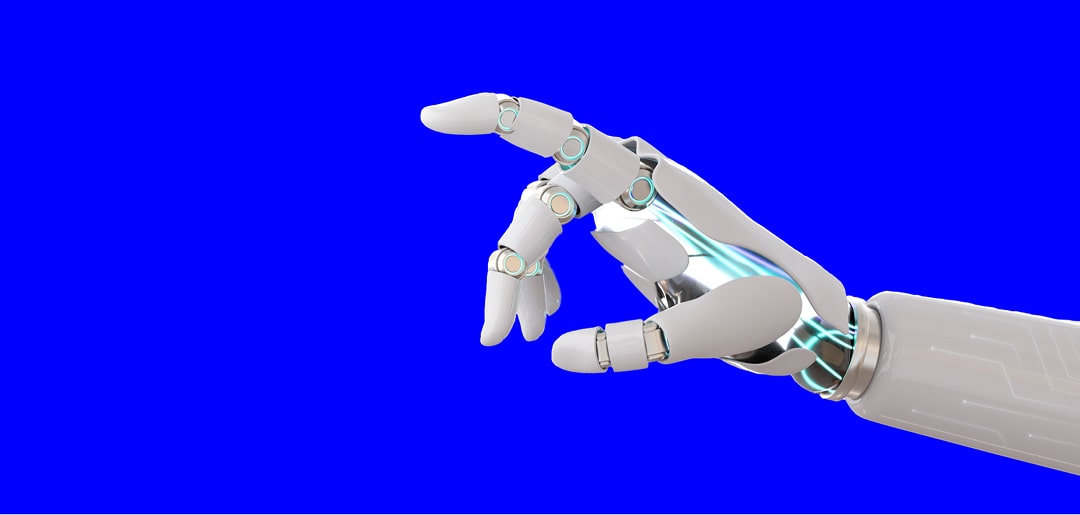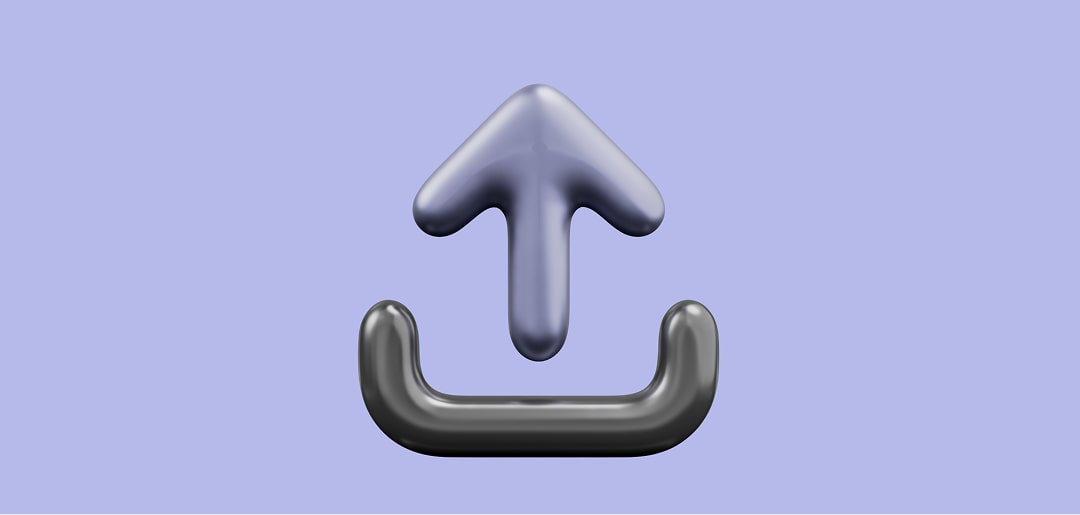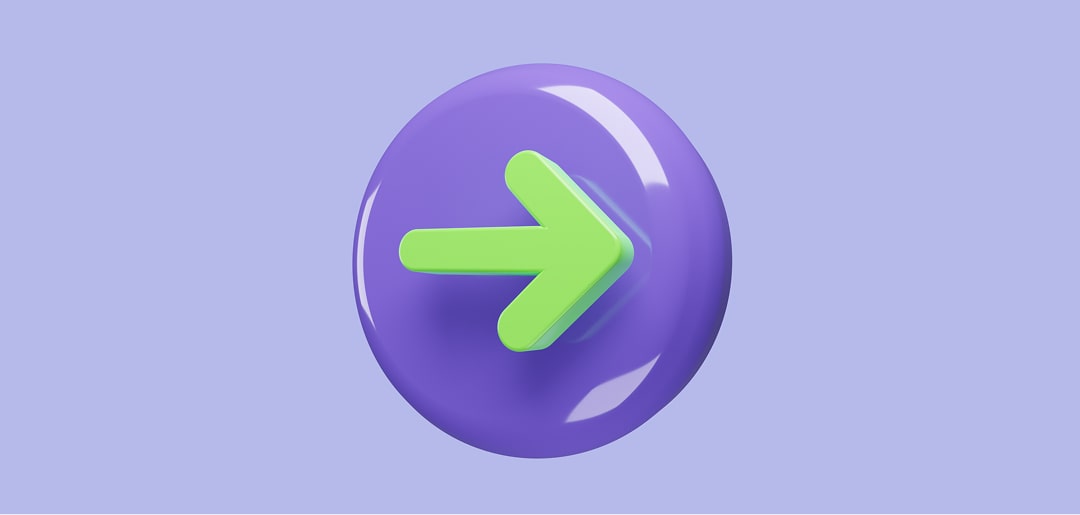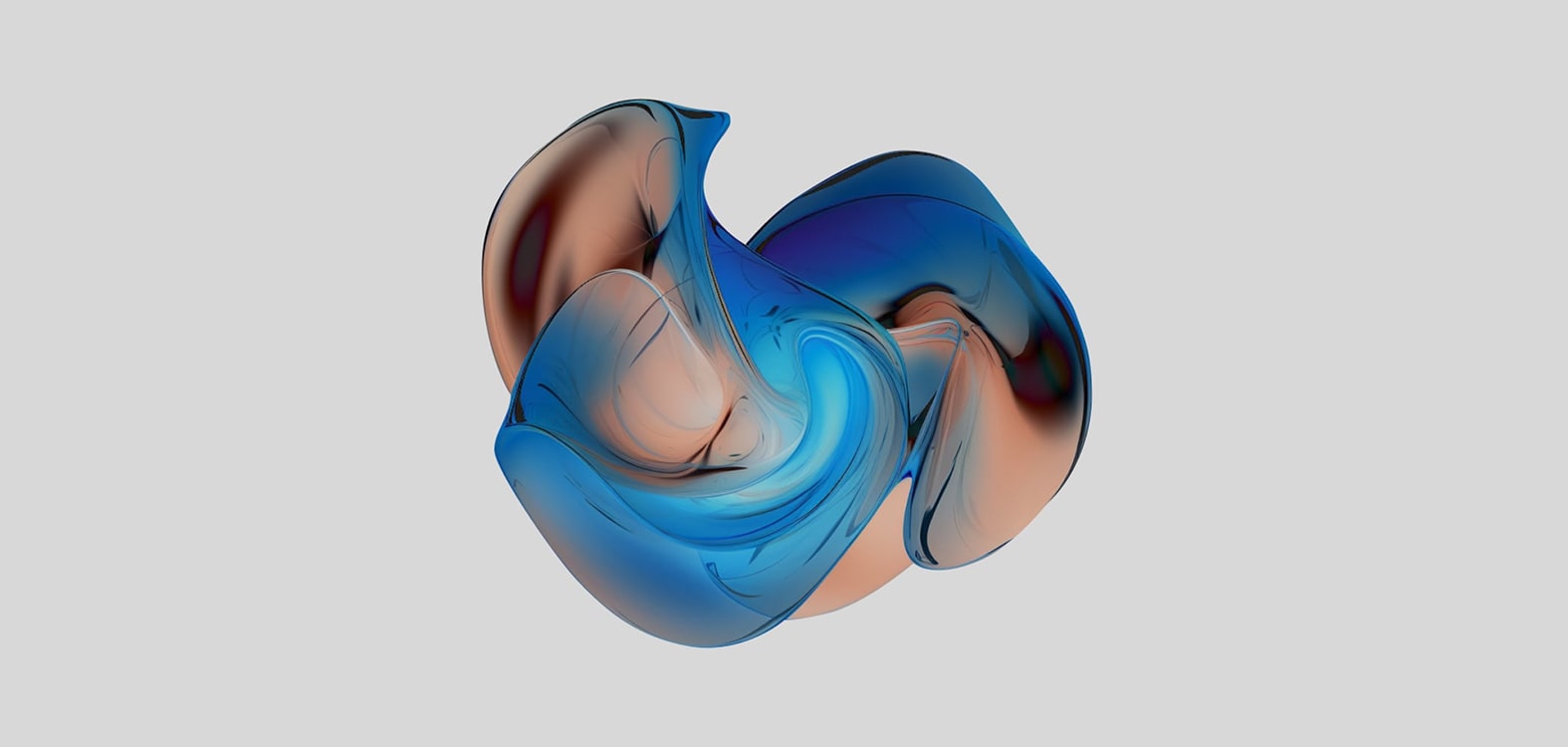Originally coined in 2014, web 3.0 is officially here.
Even with its relative youth, already 81% of users believe it will improve their quality of life and generally make them happier.
What is web 3.0, what the evolution of the web looked like, and how it will influence the future of web development?
The History and Evolution of Web Technology
Web 1.0 vs. 2.0 vs. 3.0. Let’s see what changes define these stages of the internet.
Web 1.0
Tim Berners-Lee — the man, the myth, the legend. He was the one who, in the fall of 1990, implemented three foundations the modern web is basing itself on:
- HTML
- HTTP
- URI/URL
In the middle of the 90s, the introduction of web browsers like Netscape opened the window for Web 1.0. Industry professionals refer to it as a read-only or Syntactic web. It was mostly aimed at consuming content in the form of text and/or pictures, and was largely used by web developers.
The era of web 1.0, the cradle of web development history, lasted from 1994 to 2001.
Web 2.0
Web 2.0 is a social web. It is the internet as we know it: with social media and user-generated content. One of the key points in the web evolution here was the spread of smartphones and mobile internet connection. These allowed the now-giants like X (Twitter), Facebook, and Instagram to grow and attract new users fast. This was the time when so-called FAANG companies (now, MAANG companies) saw incredible auditorium, popularity, and revenue growth.
With the establishment of Web 2.0, companies began to seek web app developers for hire en masse. For many of them, it became obvious that if you’re not present on the web, you’re out of the market.
Since that moment in the history and evolution of web technology, the demand for web developers has been constantly growing. Web apps and websites were becoming more and more feature-rich, allowing payments, online streaming, video calls, etc. Web resources needed new architectures on their server sides. New programming frameworks were invented, and they have extended the possibilities of the older programming languages. For instance, if one had a Java-based web app, they aimed to hire Node.js programmers, as Node.js “teaches” web products and services written on Java to process a bunch of requests simultaneously. Also, totally new languages like Golang appeared, which was a breakthrough in adjusting web development to the evolving user’s needs.
All those changes have brought us a new business rule: if you want to provide a smooth customer experience and be visible in the crowd of competitors, hire UI/UX designers and front-end developers.
Actually, the replenishment in the zoo of front-end frameworks is no less large-scale phenomenon than the evolution of the World Wide Web itself. Nowadays, companies need more narrow specialists than before, and a Vue.js programmer for hire may work together with a React Native engineer within one project to embody a nifty UI/UX design.
Web 3.0
The disruptive potential within web 3.0, or semantic web, can only be compared to how the invention and evolution of web 1.0 has changed the world. Web 3.0 is built on the concepts of openness, decentralization, and great user utility. Enhanced with AI and ML, web 3.0 analyzes and distributes data according to every user’s personal needs and preferences.
One of the main differences between web 2.0 and 3.0 is decentralization. Now, apps don’t need to be stored on a singular server or in data storage. Web 3.0 is built around blockchains — decentralized peer-to-peer nodes. Web 3.0 protocols, like Ethereum, Polkadot or Filecoin, heavily rely on NFTs and cryptocurrencies and rewards anyone who participates in the development of crypto with tokens.
There is also no centralized kill switch, which ensures that the new round of the web evolution is less censored and regulated.
Web 3.0 — Defining Features
AI and ML accelerate evolution of web development

An implementation of AI and ML makes web 3.0 seem almost intuitive. The technologies aim to create a super adaptable internet which can be adjusted to every user’s preferences. AI enthusiasts claim that computer and internet technologies will be able to understand and process information similarly to humans soon (thanks to aforementioned semantic web).
In general, AI and ML help the internet produce more accurate results faster, which can help speed up different researches and the evolution of the internet itself.
Ubiquity
Being even more all-encompassing — this is the true meaning of ubiquitous web. And while the internet is already quite ubiquitous — a user can capture an image, shoot a video, or record audio, and in a matter of seconds, share it with people from all around the world — web 3.0 is expected to take it even further.
With IoT on the rise, users will always be online and connected to essential services. This way, web 3.0 will not be dependent on smartphones or laptops and will be everywhere and at any time — the true meaning of ubiquity.
Semantic web
Decoding messages and user communication not by what is said, but by how it is said.
With 92% of modern internet users using emojis and emoticons daily, even web communication becomes non-verbal. Semantic web is run by technologies able to understand and decode user-to-user communication, further enhancing the quality of every user’s online experience.
How Web 3.0 is Changing Web Development
It enhances peer-to-peer connectivity

Peer-to-peer connectivity can provide developers, machines, and businesses with the ability to share data directly with a regular level of security and privacy, if not higher. It is expected that web developers will connect, communicate and cooperate almost instantly, which will make web development faster and better synced.
It becomes more personalized
Web 3.0 allows individual users and even businesses of various sizes to take part in creating content for private and public projects. It also has a potential to exclude governing bodies from the process which can ensure swift and secure information transfer.
Web development has become more personalized thanks to the third wave of the evolution of the web. Making changes and developing solutions required by businesses becomes much easier. We may even go as far as to predict a non-stop boom in the web development industry in the near future.
It becomes future-proof
As the developers’ dependency on regulations and centralized solutions will decrease, the longevity of these solutions may skyrocket. After all, web developers will be free to update their code whenever needed. They will be able to keep up with the time, personalize, and overall make their code future-proof. =
It opens accessibility to data
Data-data-data! Web 3.0 ubiquity will make it much more accessible. The evolution of the web will simplify the ways to study development and yield the expected results from.
What’s to Come Next — Web 4.0

The fourth generation of internet is coming next, and we can already see its main concepts. It will:
-
Be based on collaboration and collective content creation
The Metaverse, accessible to anyone with an internet connection, constitutes a dynamic 3D environment that grows with increasing user participation and content creation. Serving diverse purposes like social networking, gaming, education, and business, the Metaverse offers a distinctive platform for interpersonal communication and interaction with computer-generated elements.
-
Rely on IoT even more
And it’s not surprising, as wearable electronics and smart house systems are not exotic anymore. With the increase of IoT consumers, the domain has got a stimulus to produce more sophisticated solutions.
-
Allow users to select the content they want to see, making customer experience even more personalized
In 2024, AI-driven recommendation systems already personalize user experiences within a bunch of web resources, enhancing engagement.
-
Involve updating of security procedures
Security stands out as a major hurdle for Web 4.0. A large amount of personal data stored online and the internet's deeper integration into our daily routines increase the risks that someone’s identity will be stolen by cybercriminals.
On one hand, using machine brain is associated with data leakages when training those machines. At the same time, AI can moderate and filter content to address issues such as misinformation and inappropriate content on decentralized platforms.
-
Face pressing challenge related to scalability
The continuous expansion of connected devices and internet users poses a problem in meeting the escalating demand. This surge could result in slower connection speeds and heightened latency for all users involved.
-
Enhance AI and ML technologies even more
With the development of AI-powered chatbots (the most famous of them is ChatGPT), computers can understand and process information similarly to humans. Advanced brain-computer interactions are in-built in applications for absolutely different purposes.
AI is enhancing decentralized finance (DeFi) by providing predictive analytics for market trends and risk management. Smart contracts, powered by AI, automate and optimize processes in decentralized applications (DApps), streamlining transactions.
Additionally, AI plays a crucial role in improving the security of Web3 through a threat detection and anomaly identification. In the realm of decentralized identity, AI assists in identity verification, ensuring secure and reliable user authentication.
While we do not know what web 4.0 will do to the internet in the end, but we know for sure — Web 3.0 was a significant evolution of web flexibility.
Want to hire professional web developers for your tech team? Write to us at hi@outstaffyourteam.com, and we will help you find the most matching talent in the market.
FAQ
How has web development evolved over the time?
Progressing from simple HTML pages to intricate web applications, the evolution of web development has been noteworthy. The increasing prevalence of mobile devices and the escalating need for responsive websites have further heightened the complexity and challenges associated with web development.
Who invented HTML?
Tim Berners-Lee authored the initial iteration of HTML in 1993, and subsequent versions have emerged since then. HTML 4.01 was established as an official standard in December 1999 and was the most commonly used version during the 2000s.
What are the 3 types of web?
During the evolution of the web, we have already witnessed 3 types of the web:
Web 1.0 (1990s). The static web era featured read-only pages with limited user interaction, focusing on information represented through basic HTML.
Web 2.0 (2000s). The social web brought interactivity, user-generated content, and collaboration, transforming users into active contributors through platforms like social media and blogs.
Web 3.0 (Present/Future). The semantic web envisions an intelligent, interconnected internet using AI, machine learning, and IoT for smarter, more personalized services, aiming for a deeper understanding of data by machines.
Ann Kuss is the CEO at Outstaff Your Team. After 11 years of expertise in building remote tech teams for startup unicorns and global tech brands, Ann decided to lead a new venture aiming to reinvent the way international tech teams scale. Throughout her career, Ann hired specialists for countless tech positions from more than 17 countries on all major continents. Ann graduated from Kyiv-Mohyla business school, is an MIM Kyiv alumna, and regularly takes part in mentorship programs for junior tech talents. Ann actively promotes knowledge sharing and curates Outstaff Your Team blog strategy, preferring topics that solve practical needs of IT leaders. She believes that structuring business flows (including hiring) is a well-planned journey with predictable and successful outcome.



